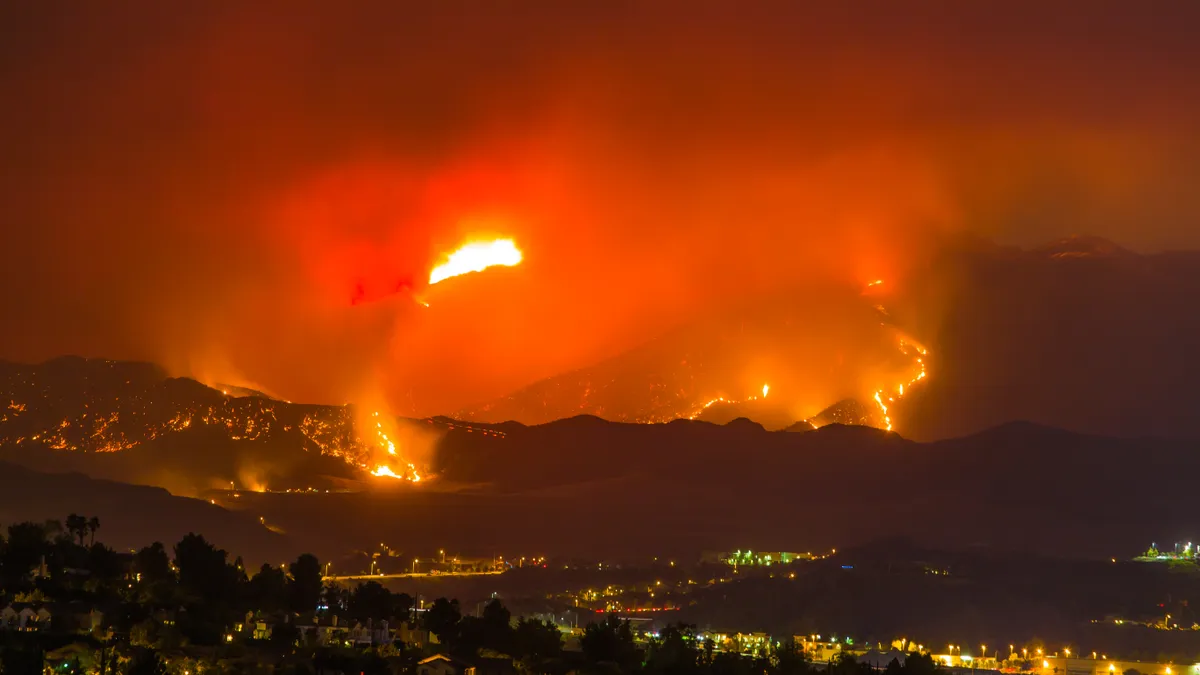Being able to lead through a crisis as a administrator comes with the job description — but many spent 2020 navigating several at once. While adjusting to the COVID-19 pandemic and the emotional toll of protests over systemic racism, many district and school leaders have also faced everything from windstorms and wildfires to hurricanes and earthquakes.
Through it all, superintendents and school leaders have overcome obstacles many say could not have been planned for despite emergency plans and protocols. To gain more insight, we spoke to four leaders who say they came out of multiple crises better for it.
Heidi Sipe — Umatilla School District
Challenge: As superintendent of a small rural district with one of the largest English language learner (ELL) populations in Oregon, Heidi Sipe faced an uphill battle communicating with families through wildfires, a windstorm that took down a graduation and COVID-19.
Solution: Sipe tapped social media to reach her district's students and families, regularly updating them on everything from meal bus routes to instructional changes. Sipe and her assistant also recorded regular Facebook live streams in her living room, staying six feet apart in front of her fireplace as they discussed changes and answered questions in both English and Spanish.
"We’re seeing parents interacting in new ways with those opportunities. Though this has been stressful, we have really seen some improvement [in communication]," Sipe said.
Kristi Wilson — Buckeye Elementary School District
Challenge: Kristi Wilson, president of AASA, The School Superintendents' Association, and superintendent of Buckeye Elementary School District in Arizona, recognized the ambiguity of science and the rapidly changing environment. "Our stakeholders want to know as much as we possibly can tell them in any given situation," she said.
Solution: In times like these, Wilson has learned to lean in on district partners and anchor all decisions in the district's core values. "If that's a systematic approach that [districts] take in decision making, it helps when community members are questioning and perhaps pushing back on decisions," Wilson explained.
Susan Enfield — Highline Public Schools
Challenge: Susan Enfield, superintendent of Highline Public Schools in Washington, leads a district of 18,000 students, 69% of whom are on free and reduced-priced lunch. Nearly 30% are English language learners, and many also struggle with home internet access.
"We don't have a national or state strategy for home broadband access," she said. "We have kids who, if it weren’t for us feeding them, wouldn’t have meals at all."
Solution: The district tapped into partnerships to take care of families' basic needs first. "Food suppliers are helping out," Enfield said. "A local produce company is donating local produce to families on a first-come-first-serve basis."
It also tapped Coronavirus Aid, Relief, and Economic Security (CARES) Act funding to provide internet access to approximately 1,500 families, and is holding a fundraiser where anyone can donate $140 to sponsor a family's internet for a year. "There is tremendous generosity in the community and great partnerships," Enfield said, "but it doesn't eliminate the need for a permanent strategy."
Whitney Weathers — Manual High School
Challenge: Whitney Weathers, assistant principal of Manual High School in Denver, knew her students needed a safe space amid the social isolation of COVID-19 and current events that have brought systemic racial inequities into the spotlight.
"It has been exhausting because there’s this constant soundtrack of Black deaths on the news," she said.
Solution: In the spring, Weathers required check-ins with teachers and one-on-one coaching conversations. This fall, Weathers is putting in place advisory groups where students check in with two trusted adults daily, discussing emotional health, coping strategies for stress and grades.
"We’ve built it into our master calendar and into the instructional fabric," she said, noting students have 100% attendance in advisory groups, and that "they’re able to use that energy to take them into their other classes."
Correction: This article has been updated to clarify a quote on the attendance of advisory groups in the Manual High School example.








 Dive Awards
Dive Awards




